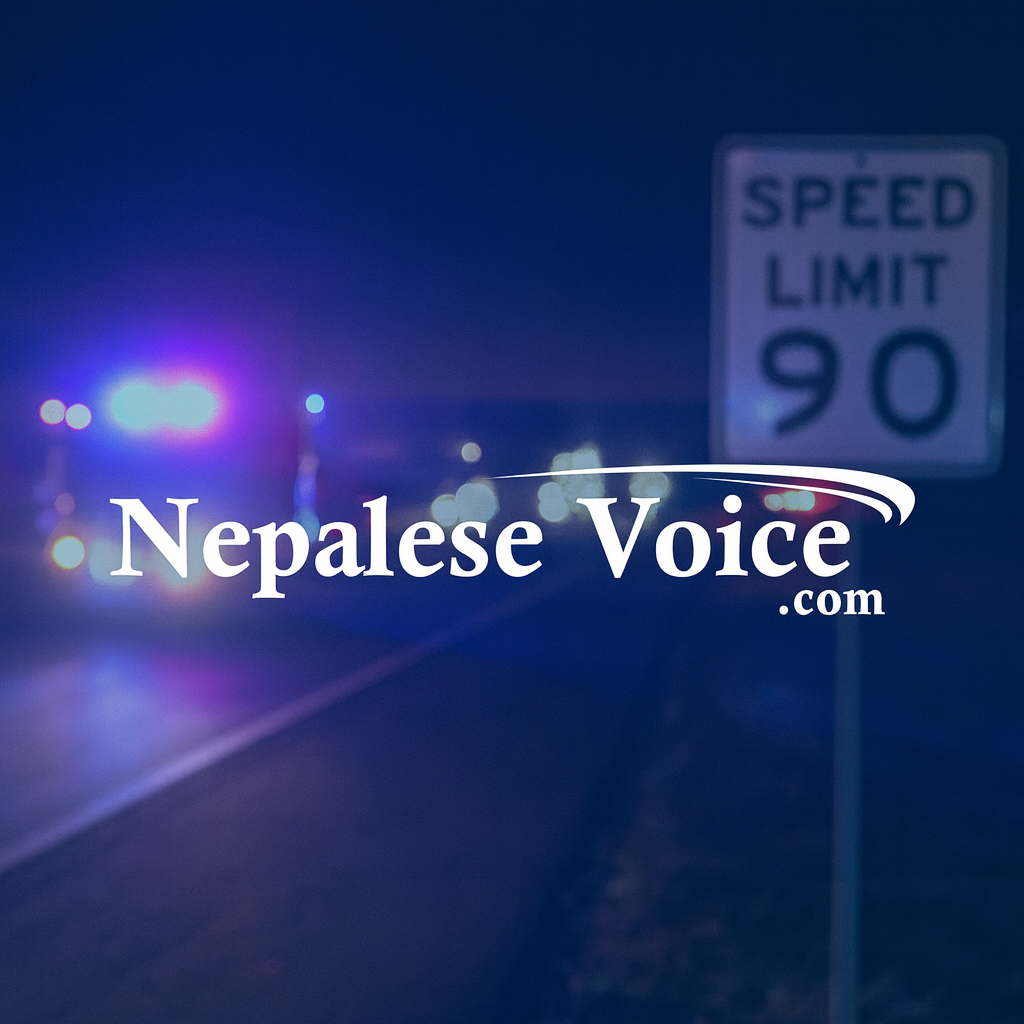
Kathmandu, Nepal:
On a fine day on Friday morning (22nd January, 2020), valley residents making their way towards work were met with an unpleasant surprise – chaotic traffic.
It was the day Pushpa Kamal Dahal, co-chair of Nepal’s ruling party had proclaimed he would bring at least 200,000 protesters on the streets. Security preparations had been made accordingly as streets were lined with officers of the Armed Police Force carrying their iconic batons and shields.
Public, flung into total chaos due to the ineptness of their political leaders, maneouvered their way around the traffic – wondering how one could block one of the valley’s major road during peak hour.
Soon enough, images of the event started pouring in – a major flex of power. In the evening, as I returned from the same road, police were still dealing with the aftermath of the event as workers worked towards dismantling the temporary stage used by the leaders.
The entire day, police were only on stand-by – no events of violence or forceful dispersion were reported.
Then came Monday – when members of the civil society decided to practice their democratic rights to protest against PM Oli’s move to dissolve the House of Representatives.
The march, scheduled to begin from Kamal Pokhari was to conclude in Baluwatar, near the PM’s official residence. But the police were not going to have any of it. When the movement, attended by several apolitical social figures such as Narayan Wagle, Dr. Govinda KC, Rita Shah, Mohna Ansari, Ujjwal Prasai, clubbed under the banner of Brihat Nagarik Andolan neared Baluwatar, ‘force had to be used’.

According to a few attendees, the protesters were charged with water canons and later batons without any warning – therefore turning a peaceful protest into a clash.
Several members were injured, and at least a dozen are receiving treatment at various hospitals in Kathmandu. Narayan Wagle, a prominent Nepali author and winner of Madan Puraskar could be seen physically reeling under the pressure of the water canons. Several photojournalists were reportedly injured too.
In a Press Release by the Photojournalist Club, Nepal, not only were photojournalists Narendra Shrestha (EPA), Naresh Shrestha (The Himalayan Times), Keshav Thapa (Kantipur), Angad Dhakal (Kantipur), Pravin Koirala (Nepal Khabar) injured, their cameras copped significante damages too.
Nepal Police’s highhandedness sits in stark contrast of their campaign: Police – My Friend. Providing top level security to mass movements by political leaders, whereas using force upon movements by the general public makes Nepal Police’s double standards evident.
They are often seen indulging in repressive acts against public interests and/or other minorities – the recent example of beating transgender people, or using lathis (sticks) to control the public during the lockdown being a couple of examples.






